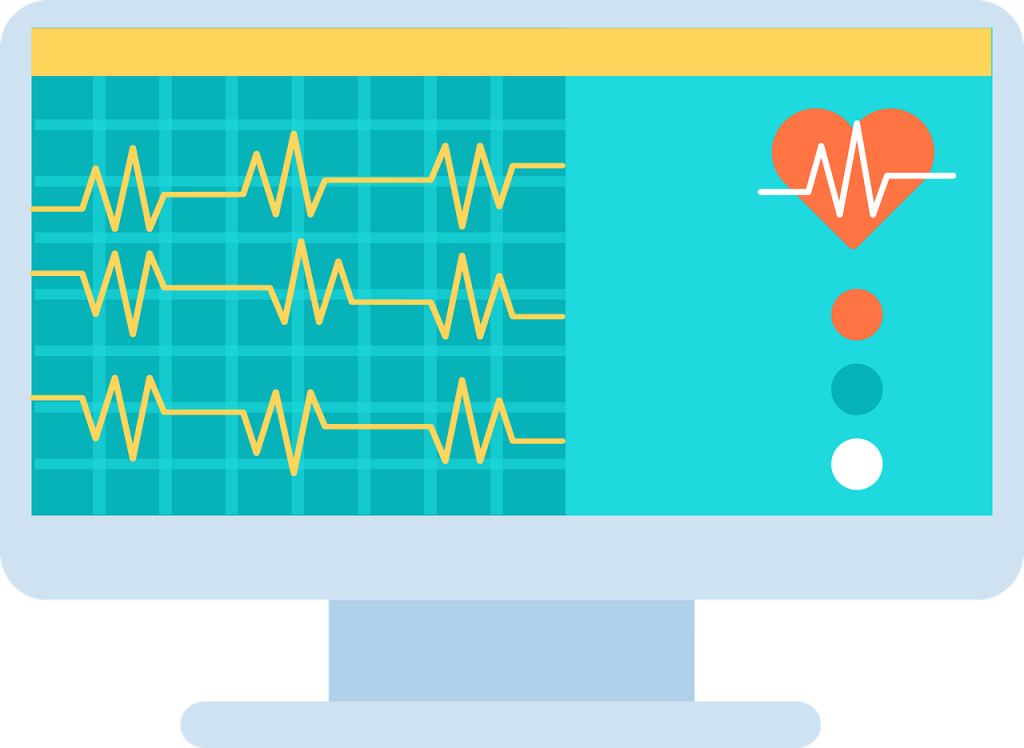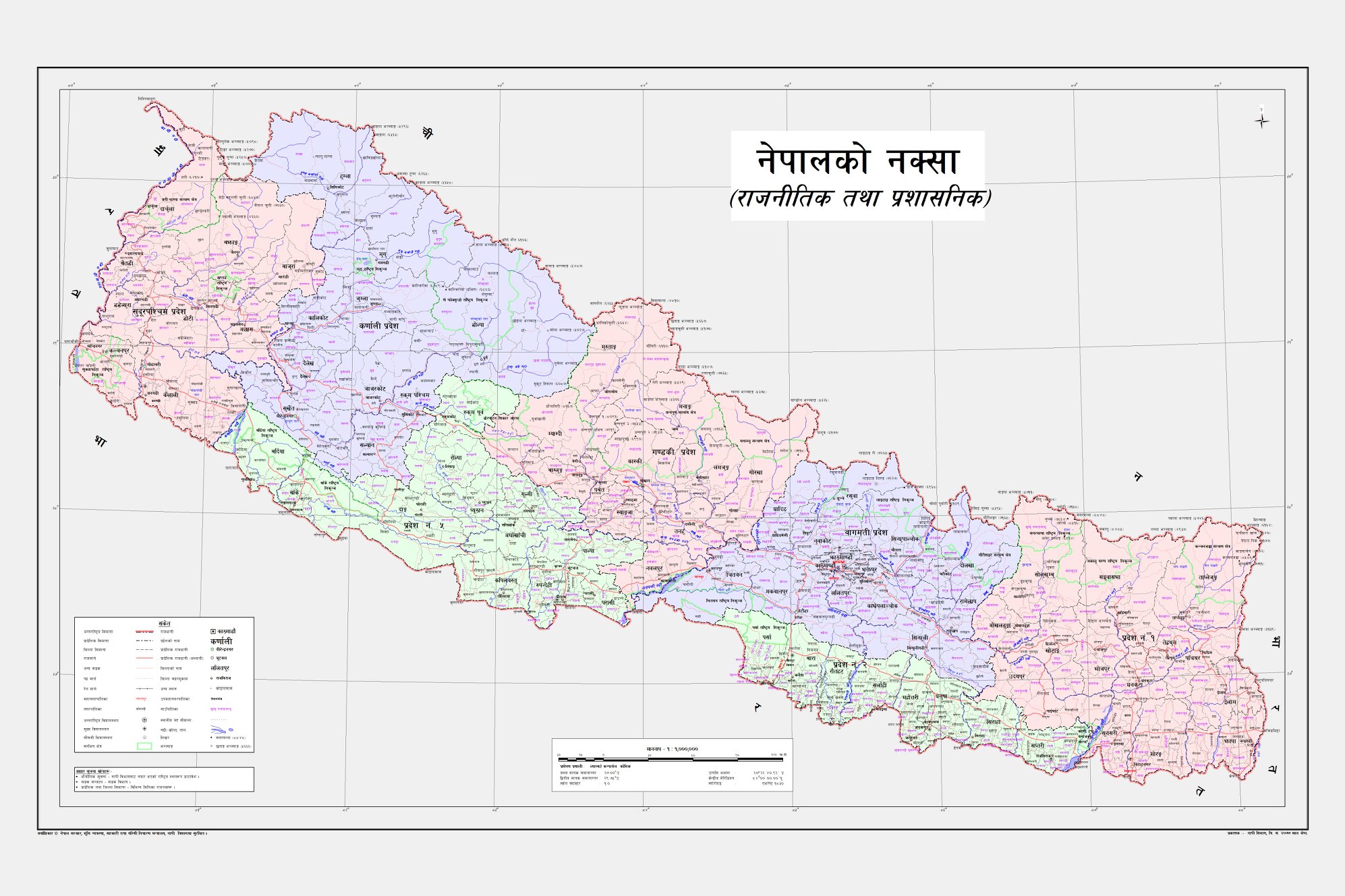(This article is a follow-up to two articles published recently on the same topic: ‘Why Nepal needs an electronic medical record system‘ and ‘This is how an electronic medical record system will support economic growth in Nepal‘.)
In addition to saving a big part of the wealth of a healthy Nepal, a national electronic medical record system (NEMRS) will help doctors improve their performance by providing lifelong medical records of Nepalis. As people are becoming increasingly dynamic, the economy is also gaining more mobility; such universally accessible continuous records will play an important role in healthcare. But, the greatest impact will be on prevention of various diseases and other dimensions of public health, leading to more active interventions and data-driven policies, active patient access programmes, and evidence-based guidance to health workers.
A software of this level and nature will inspire technological renewal, especially if it is carried out as open-source software, with expansive features, as private companies contribute and profit. A standard mechanism allows many individuals and companies to contribute to the software, while ensuring that the entire healthcare sector data format is uniform, allowing it to be used for national-level research, intervention and policymaking.

Once, the countrywide data are available, many new types of studies will be possible. This is particularly relevant as we are moving into the era of genomic medicine and assured medicine, which relies on large amounts of reliable data. In other countries, important decisions are taken by applying big data technologies to EMR data. The data collected are already changing the type of disease and the functioning of the drug itself.
Experts often lament Nepal’s inability to build a health system that is similar to that in the UK NHS, which has many benefits such as creating economies of scale and reducing costs. Nepal can certainly bring some benefits by creating an information system for the healthcare of the entire country. It can be helpful in many ways. For example, it would support bargaining for better prices from drug manufacturers across the country and delivery of needs-based staffing and requirements (if linked to the list of all government healthcare facilities).
Although information technology is often blamed for reducing the number of jobs, in the context of Nepali healthcare, it can serve to boost employment generation. It is difficult to find doctors in places where they are most needed. It is estimated that there is a shortage of many doctors in rural and remote areas at present in Nepal. The information technology platform, which is the most accurate means of managing remote workers, can organise a corps of non-physician health workers who can also serve in remote areas under the supervision of central doctors. Each doctor can support many trained health workers. Therefore, there is a possibility of creating many new health sector jobs while improving the quality of health services.

If the system is designed with an open-source software programme, it will prompt both developing and developed countries to consider using it. It will be a matter of pride for Nepal, another hallmark of Nepal’s innovative capabilities in the software sector – boosting Nepal’s software strength overall.
One may wonder: has it not been done before? In fact, many EMRs are already available, commercial as well as open-source ones. Most of them were built with older technologies, not taking advantage of recent developments in blockchain, cloud computing, distributed databases, and real-time data updates and interactions. Many others have been designed by healthcare professionals with the most essential facilities that are being favoured by administrative people. Each of those systems, even systems built in Nepal, more seriously, does not allow their data to be used seamlessly with data from another EMR. Despite adhering to the same standards, each has a different format than another.
The Nepali context demands certain features, not considered essential for many other countries, including the ability to operate in low-bandwidth settings, adaptability to multiple languages, and user interfaces that work for small phone-like devices.

Additionally, EMRs created by various government departments have limited functionality, often limited to a region or a specific health programme. They do not have guidelines for clinical judgment, linguistic flexibility, and interoperability features. They can be included for the one in Nepal from the beginning.
How can Nepal afford a system with these many high-tech capabilities and ambition to record all the medical data of 30 million people? After experiencing many of the wrong methods and inconveniences of equally large-scale software, many of us are understandably wary. But, this software may be different. It can be a small start as an open-source software programme, with the first stage only specifying the standards and creating a framework for upcoming development. Developers should then be encouraged to create a number of smaller sub- software programmes, each sub-plan being a separate component of the NEMRS, conforming to standards and deployable within the framework and professional. Vendors can join with their contribution to open-source components or create their own specialised, standard-compliant versions.

To operate the software, the government should only allocate funds to the main team of experts and engineers. The aim will be to generate enough momentum for third-party developers and companies to get involved in the software to make all their parts. After providing the initial version of this system, a primary software programme should be approved to test and study its impact and guide its spread across the country.
In a nutshell, the NEMRS will integrate Nepal’s unrelated health services into a harmonious and coherent system, which will boost our economic growth and development. It will improve the welfare of people and increase the efficacy and efficiency of healthcare professionals. Additionally, it will be a catalyst to trigger a new wave of innovation, allowing Nepal to claim technological leadership at the global level. Nepal has all the elements to create such an ambitious software programme. It has the technical know-how, a workforce to implement it, which is a way to unify health records at the national level. The NEMRS will create opportunities for operational improvement in all areas related to healthcare. The national EMR software will be a boon to Nepal in terms of economy, the well-being of the country, finding the needs of the people and building goodwill around the world.






















